Xylella, froghoppers and spittlebugs
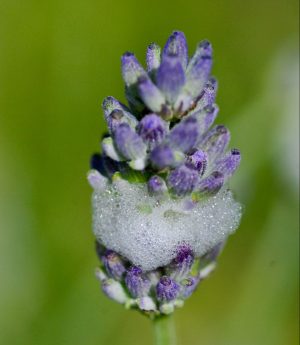
What is Xylella? Xylella is a bacterial disease (Xylella fastidiosa) that threatens many different and unrelated species of plant. It has come to prominence in recent years as it has devastated many olive groves [Olive quick decline syndrome (OQDS)] in Southern Italy. The bacterium has spread to other countries in the EU, including parts of France and Spain. ***
The bacterium can affect many different species of plants, causing a variety of diseases - for example, bacterial leaf scorch, coffee leaf scorch (CLS), oleander leaf scorch, phony peach disease, Pierce's disease of grapes (PD) and citrus variegated chlorosis (CVC) (which is of significant economic importance). Some plants can act as ‘carriers’, being infected with the bacterium but showing no obvious symptoms. This can contribute to the spread of the pathogen.
The bacterium that causes these diseases moves from one plant to another by sap-sucking insects, such as spittlebugs. Spittlebugs are otherwise known as froghoppers. In the U.K., there are 10 species of spittlebug but the most common species is the meadow (or common) spittlebug (Philaenus spumarius). The adult are about half a centimetre in length. They vary in colour from a pale brown to black, and can ‘jump’. 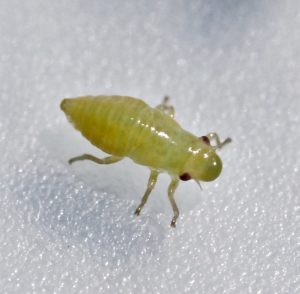 The eggs hatch to yield immature adult forms, called nymphs, which grow and moult their exoskeleton until they reach adult form (this is known as incomplete metamorphosis). These nymphs live on a variety of plants and they produce whitish, frothy blobs of ‘spittle’ on the leaves and stems of host plants. Spittle bugs aka froghoppers are not plant pests as such, but it is important to know about their geographical distribution and the plants that they are found on just in case the Xylella bacterium makes it across the channel and becomes a threat to plants in the U.K.
The eggs hatch to yield immature adult forms, called nymphs, which grow and moult their exoskeleton until they reach adult form (this is known as incomplete metamorphosis). These nymphs live on a variety of plants and they produce whitish, frothy blobs of ‘spittle’ on the leaves and stems of host plants. Spittle bugs aka froghoppers are not plant pests as such, but it is important to know about their geographical distribution and the plants that they are found on just in case the Xylella bacterium makes it across the channel and becomes a threat to plants in the U.K.
Because of this risk, there is a citizen science project to record the distribution of spittlebugs across the U.K. and also which species of plants that they are found on. You can report sighting of spittlebugs in gardens and other green spaces by visiting this link : https://www.brc.ac.uk/irecord/xylem-feeding-insects and there is a useful guide to identifying the different sap feeding insects (opens a PDF). Spittle production is probably coming to an end about now but the scientists are keen to hear of any further sightings. So far, the sightings report the top ‘hosts; for spittle bugs are lavender, rosemary and roses. Now complete.
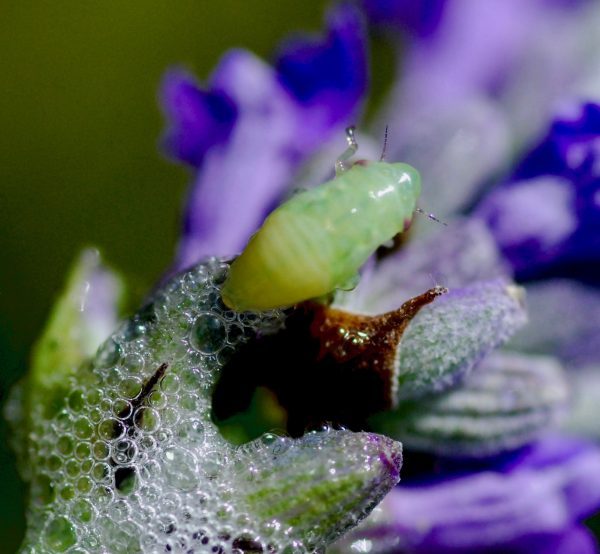
Spittlebug nymph
If Xylella was to be found in the U.K, all host plants within a 100 metres would need to be destroyed and there would be an immediate restriction of movement of certain plants within a 5 km radios.
NOTE : The original spittlebug survey was in 2020, it is now complete. The web site has now been deleted
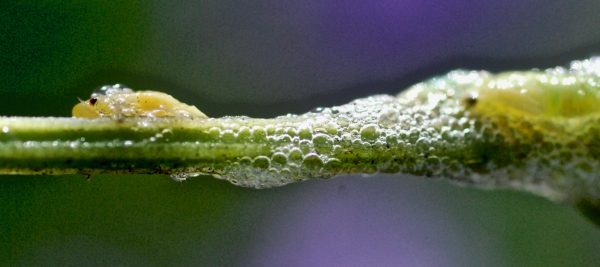
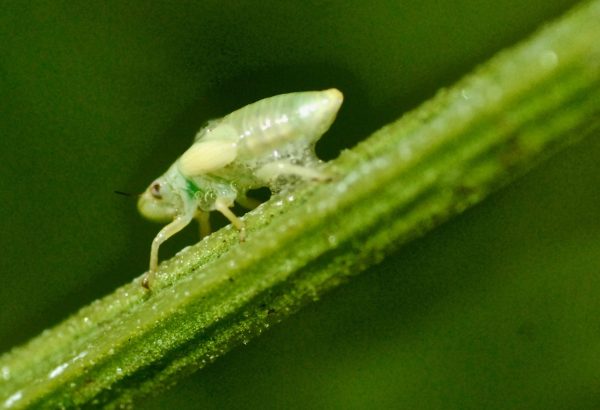
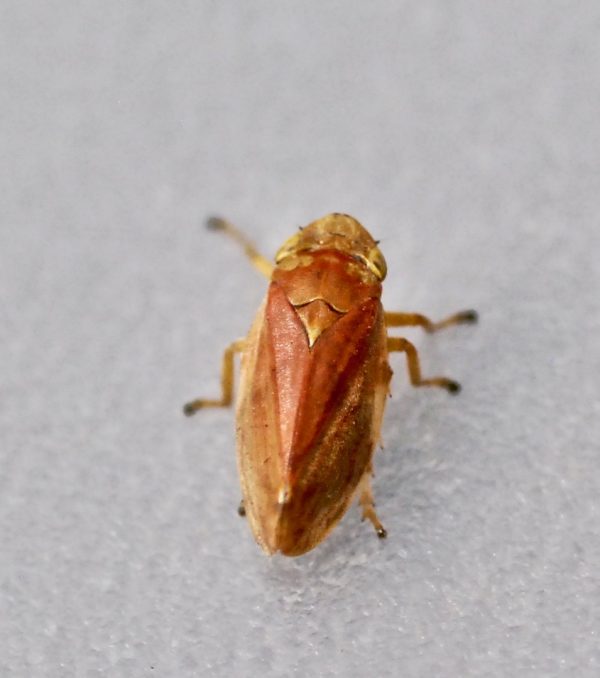
Comments are closed for this post.
Discussion
The original survey was in 2020, it is now complete.
The web site has now been deleted
I’ve been trying to report my Spittlebug foam online but the site does not work. Reading comment’s it seems to be an ongoing issue. There are many news items urging people to report them….please fix this.
I live in Hertfordshire and my garden is covered in them! My climbing plants and clematis are dripping with the froth. I’ve got the froth all through my small leaf ivy. It’s everywhere, almost. I have some 4ft olive trees, some near the froth areas but they don’t have any on them at all. My established box hedging is in its final death throws after losing the decade long battle with the box moth caterpillar.
I have spittle bugs in my garden which I dispose of every single morning so only one or two appear every other day, but my next door neighbour has many on her lavender bush which concerns me as I know they can affect other plants.
There is more information here
https://www.spittlebugsurvey.co.uk
and the email address of a researcher c.harkin@sussex.ac.uk
Hi, I’ve just seen a red and black spittle bug in my garden (I live in North tyneside) and my daughter on the same day seen one at her local beach (she lives Northumberland) I believe they are quite rare, are they becoming more widespread and should I be worried
Absolutely
“Spittle bugs aka froghoppers are not plant pests as such, but it is important to know about their geographical distribution and the plants that they are found on just in case the Xylella bacterium makes it across the channel and becomes a threat to plants in the U.K.”
I’ve seen the ‘spittle’ on grasses in particular since the 1960,s when I was a young lad. Am I correct in understanding it’s not the fact we already have these bugs in the uk but the problem would start if an infected bug or plant makes its way across the channel?

Ally is correct, and Helen no you don’t need to be worried. The little dudes are perfectly harmless and are just chillin making foam, living their lives. The bacterial disease is contained in France and Italy.
Tobias
8 February, 2023